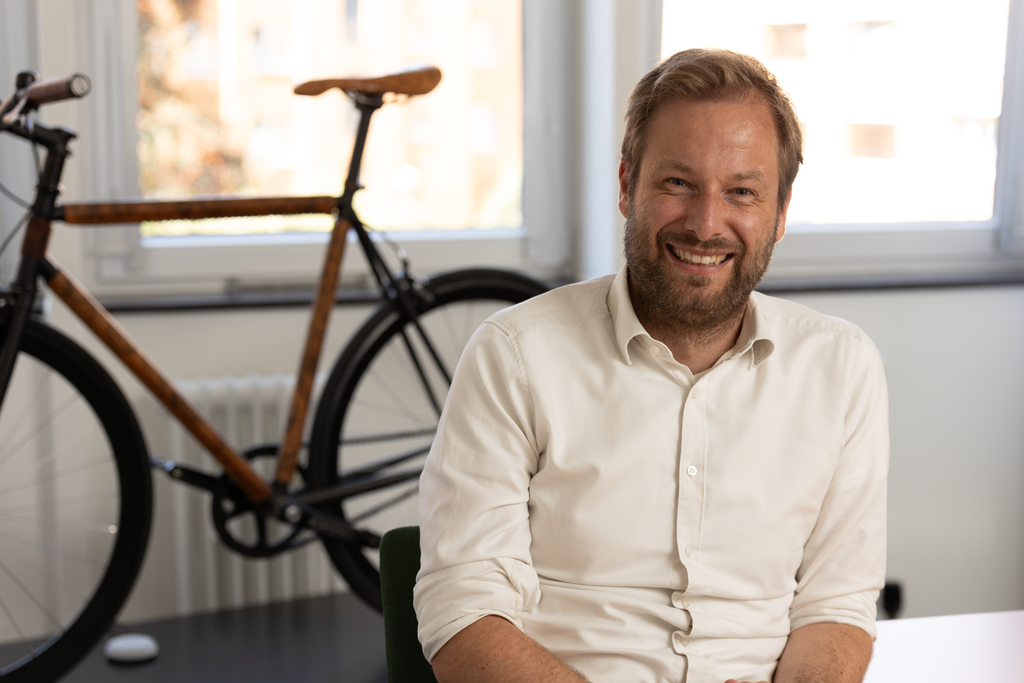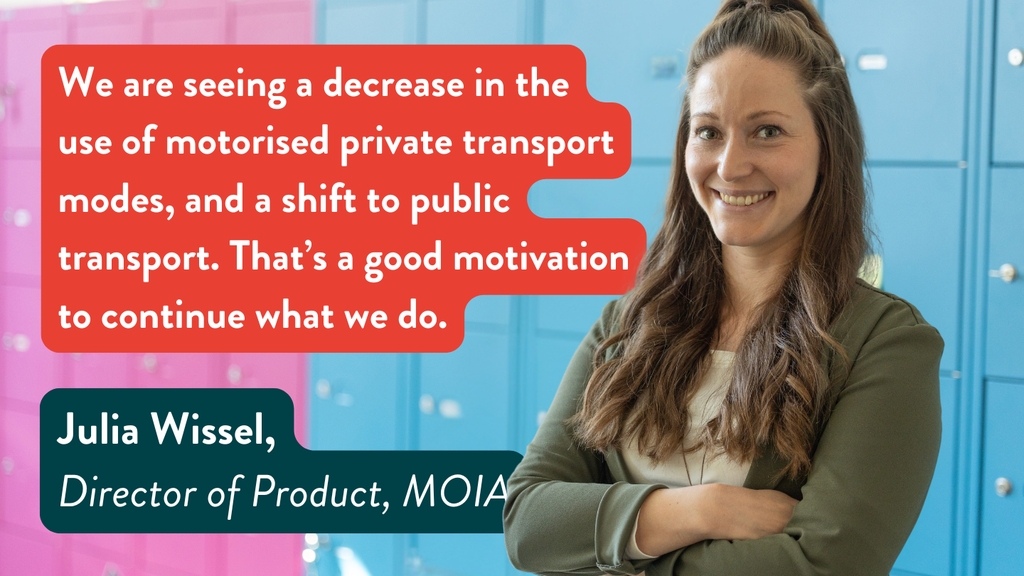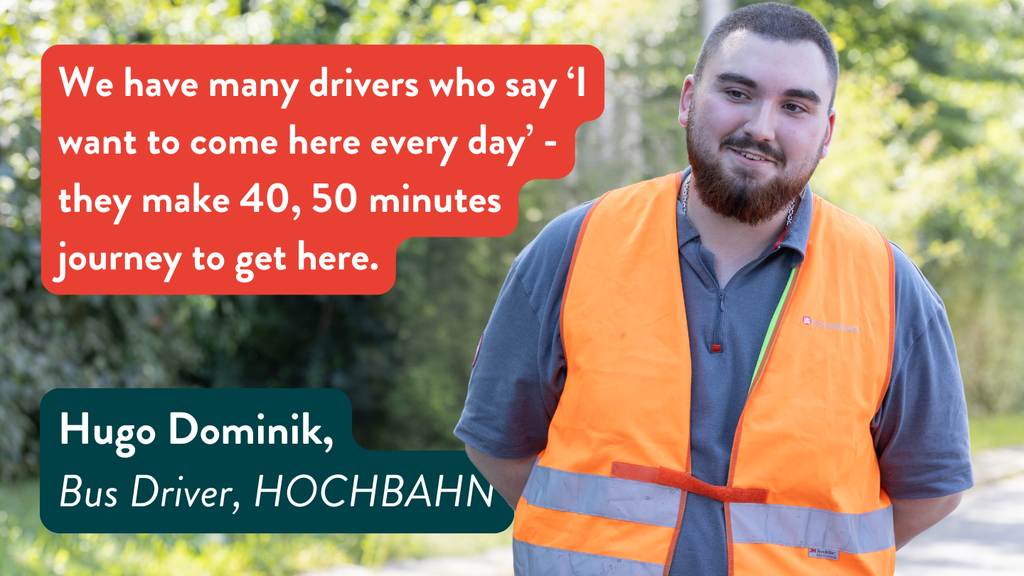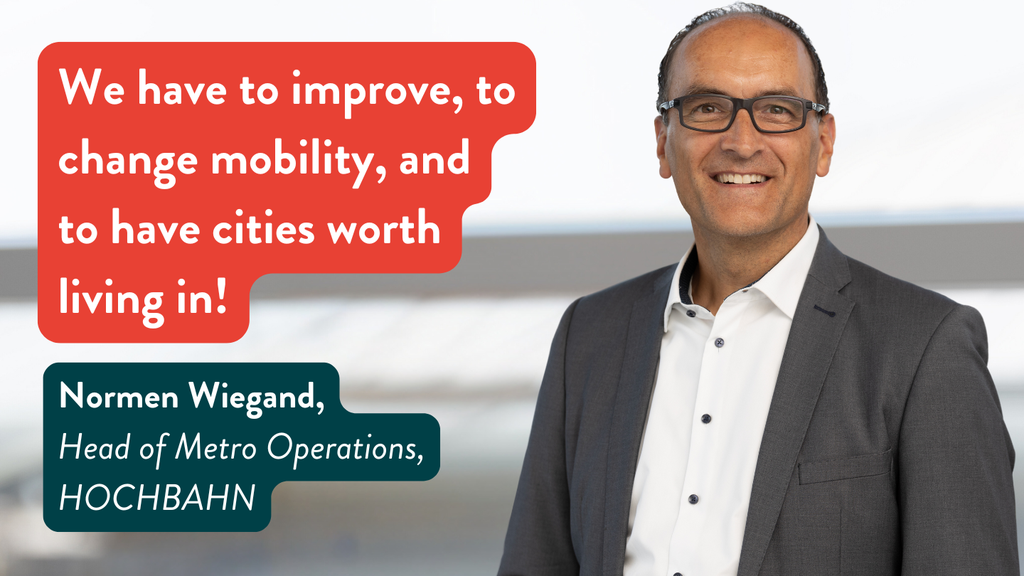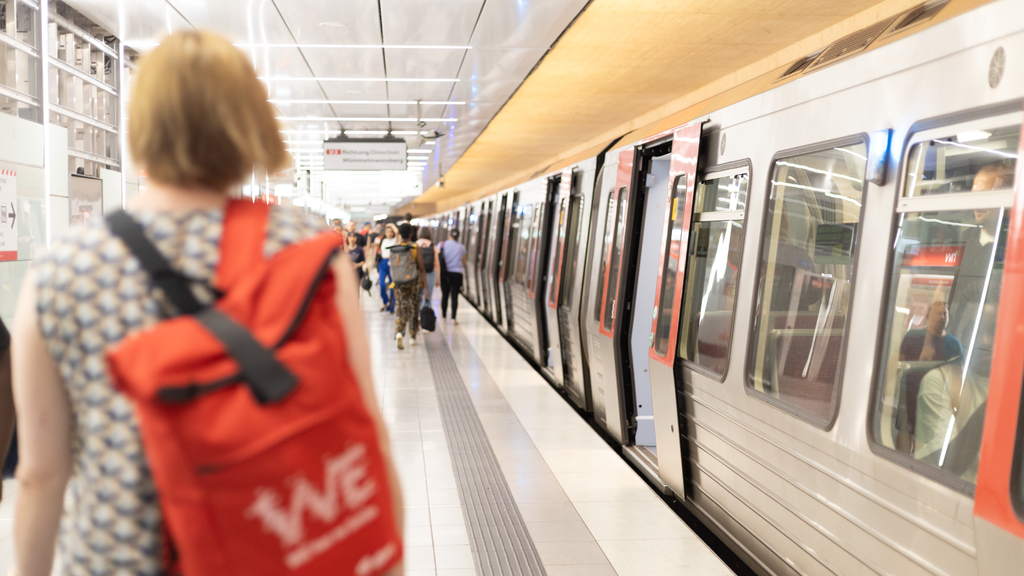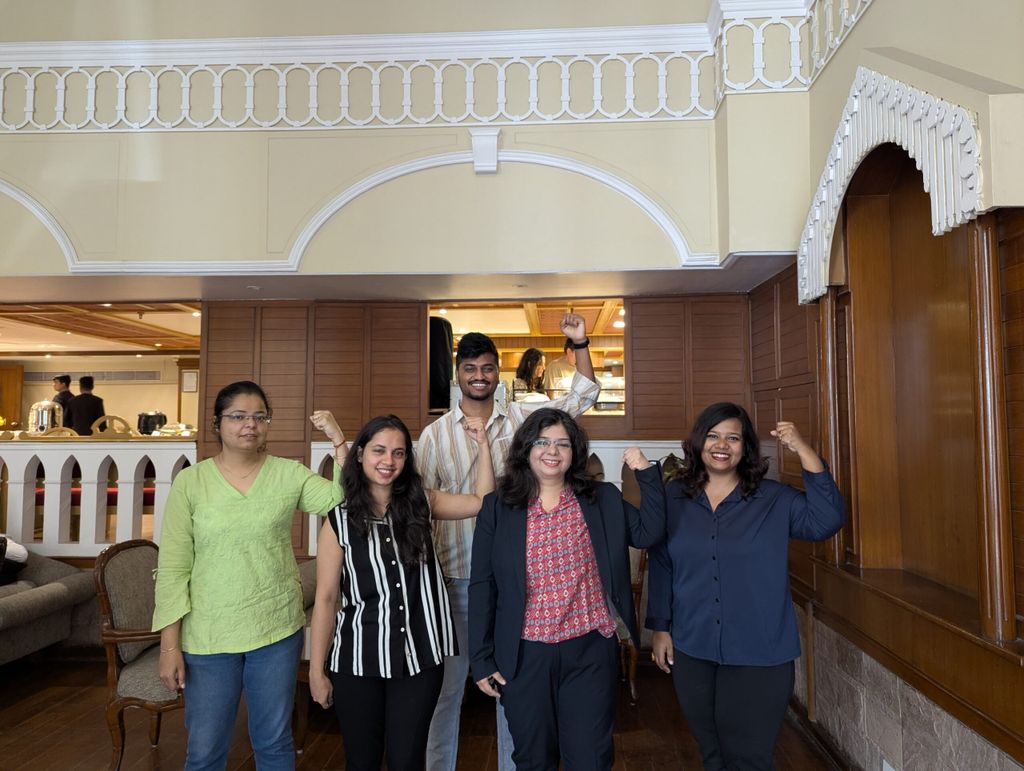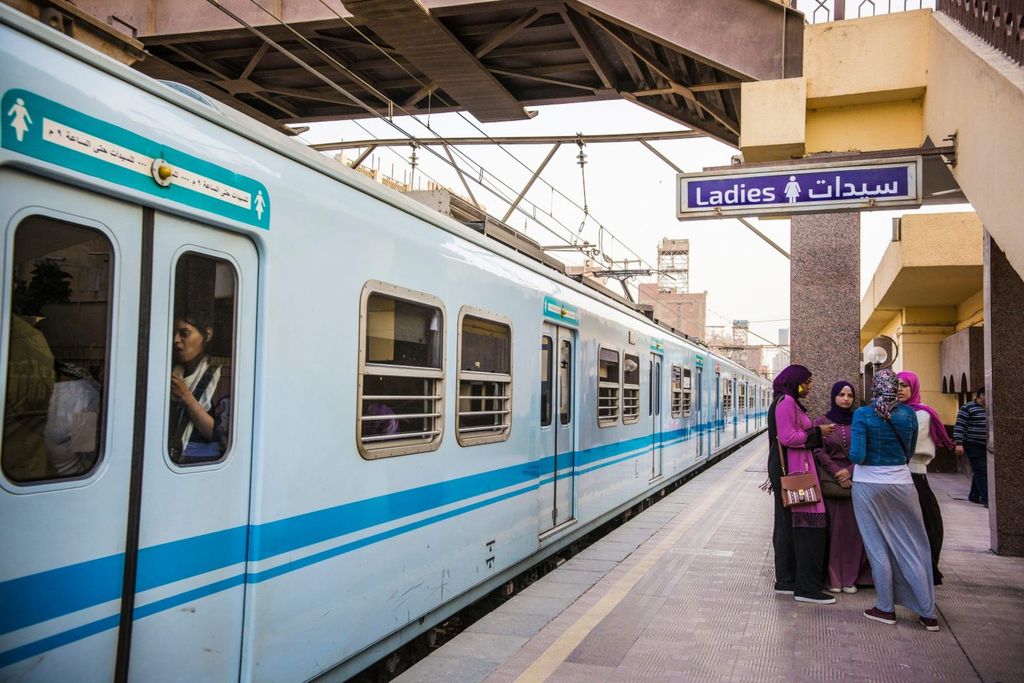
The Future of Mobility is in Hamburg
The next UITP Summit host city
How do we create a sustainable and efficient public transport service? Let’s learn from Hamburg.
Between now and 2030, almost half of Hamburg’s required CO2 savings will come from the transport sector alone. This calls for no less than a mobility revolution. In this report, explore how Hamburg aims to make that happen.
The scale of Hamburg’s transformation is impressive. Hamburg’s 28 operators serve over 1 billion journeys each year on a network of 10,000 stations. Investment is also at an all-time high, as the city electrifies its bus fleet, builds new automated metros, deploys fully automated on-demand services, and much, much more.
All this makes Hamburg the ideal host for the public transport sector’s most important event! The first yearly UITP Summit will take place in Hamburg on the 15-18 June 2025. The city is in the middle of over a dozen state-of-the-art projects, which will give guests from all over the world a genuine behind the scenes look at what it really takes to transform a city’s public transport network into a modern, sustainable, and efficient service.
Interview with Anjes Tjarks, Hamburg Minister for Transport
Hear from Hamburg’s Minister for Transport Anjes Tjarks on the state of public transport in the city today, the challenges the sector faces, and what other cities can learn from Hamburg.
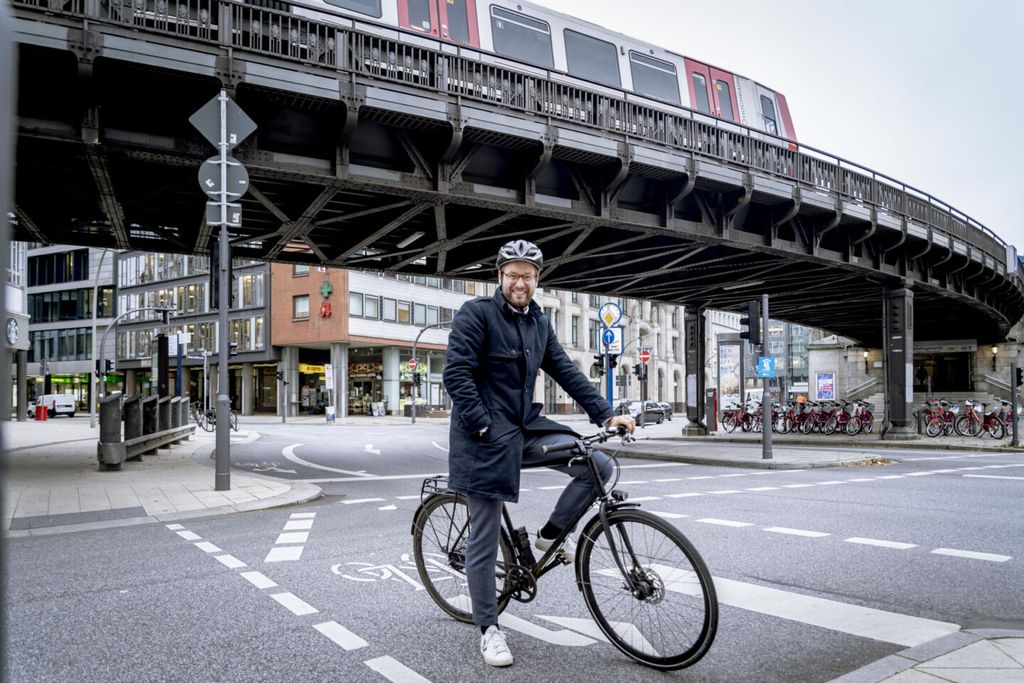

“We have ambitious goals to grow from 24% to 30% public transport modal share… In Hamburg now, about 43% of the population have a subscription for public transport. So, it is the people’s transport system.”
Discover insights from Hamburg’s public transport professionals:
From buses to metros and automated mobility, there is much to explore on the ground in Hamburg. So we sat down with the people that keep Hamburg moving:
- Normen Wiegand, Head of Metro Operations, HOCHBAHN
- Julia Wissel, Director of Product, MOIA
- Hugo Dominik, Bus Driver, HOCHBAHN
And dive into 20 of the city’s mobility projects
Hamburg is innovating! The Hamburg-Takt (a target to become net-zero by 2050) is the city’s mobility plan for the climate transition which serves as a guide for the many major projects that the city is undertaking.
- U5: A New Metro Line for Hamburg
- Metro Automation
- Zero-emission bus fleet
- hvv switch MaaS app
- MOIA on-demand ridepooling
- and more...
Contents:
- Life in Hamburg in 2024
- “We Have Ambitious Goals”: An Interview With Anjes Tjarks, Hamburg Minister for Transport
- Highlight: Ferries in Hamburg
- Innovating Hamburg
- Let’s Zoom Out to Germany
- On The Ground with Public Transport Professionals
- UITP Summits Hamburg 2025 & 27
- Intro to the Local Hosts
Membership benefits

